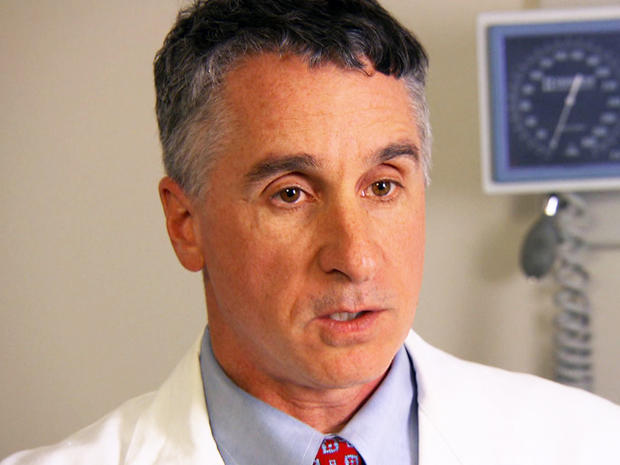New weapon against cancer comes from patients' own bodies
PHILADELPHIA -- Doug Olson had been living with chronic lymphocytic leukemia, or CLL, for 14 years. By 2010, after four rounds of chemotherapy, his only option seemed to be a bone marrow transplant with a 50 percent chance of success.
That's when he became Patient Number Three in a gene therapy experiment designed to manipulate his immune system.
"I didn't hesitate for a second," he says. "They talk about cancer being a battle -- you're fighting cancer, and that's exactly what it feels like."
The weapon is drawn from a patient's own body. Doctors at the University of Pennsylvania remove "T cells," or white blood cells that help fight infections. The cells are then genetically modified to recognize and attack cancer cells.
In Olson's case, it took just three weeks to work.
"Dr. Porter said 'hot off the press.' He said, 'We can't find any CLL in your blood at all,'" Olson recalls. "It was amazing. You can imagine, only a few weeks before, you're not sure you have a future."
"The fact that these cells can survive for so long and continue to be biologically active really is quite remarkable to all of us," Porter says.
More than three years later, Olson is still in complete remission, and the modified T cells are still circulating.
The hope is to use this same technique to make other types of cancer cells more visible to the body's immune system. In the next few months, doctors will start using this sophisticated immunotherapy in patients with non-Hodgkin's lymphoma.


